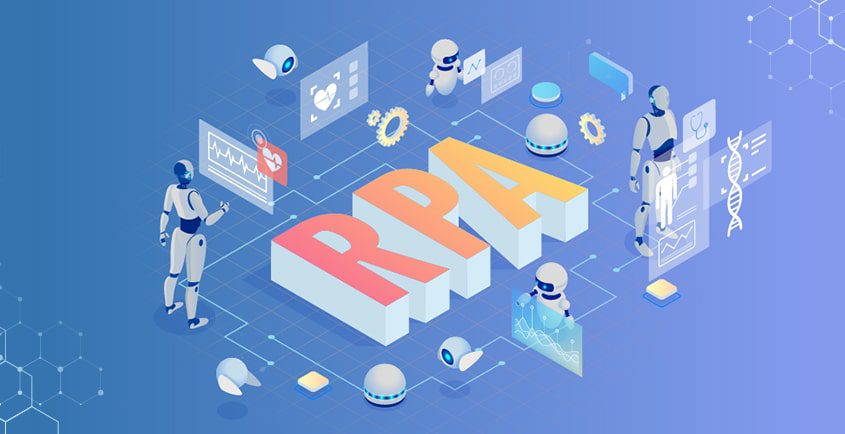Automation is only set to catalyse in 2023. The buzz around ChatGPT and the AI is an evidence that the only way ahead for your business is automating it. Along with the AI is also a powerful technology, RPA that is creating a hype amidst big and medium sized companies.
Robotic process automation is software (robots or bots) that performs various tasks to help automate the process and reduce expenses. The robotic process automation (RPA) market is growing exponentially worldwide.
Robotic process automation use cases are exploding in various industries and in businesses areas like using in RPA in the HR department, for calculating finances, creating innumerable new opportunities. The onset of 2023 brought the evolution of RPA trends. The time has come to reap the benefits of investing in digital transformations.
RPA is a result-driven technology entering the phase of maturity and delivering results. It is time to automate the tedious processes and spend time on more crucial things. Here, in the blog, we will uncover the latest trends in RPA that will dominate in 2023.
RPA Trends That Will Attract Your Attention in 2023
The key reasons businesses are adopting and implementing RPA (Robotic Process Automation) are its ability to transform the company, save time, labour, and money. It can speed up the processes, reduce errors and increase productivity. The impact of the pandemic has boosted the implementation of RPA.
Robotic Process Automation in Supply Chain
With the increased RPA capabilities integrating it with other technologies in supply chain will increase the overall performance and productivity. There are remarkable outcomes to look forward to with the integration of RPA in supply chain along with other tools and technologies.
RPA Will take Over Enterprise Resource Planning (ERP)
The ERP and traditional systems in businesses encounter the problem of catching up with the frequency of the digital transformation. Manual data entry into ERP is a tedious task. ERP will undergo a massive change, with RPA playing a crucial role. With RPA, employees can automate repetitive tasks and business processes. In some cases, they can record the processes through automatic code generation and create a software bot.
RPA Will Pave Way for More Innovation
The companies and businesses that initially adopt RPA will gain a competitive edge. The companies that create and design frameworks to execute the system will make the most of the automation programs. This approach of the organizations will pave the way for more innovations.
RPA and Artificial Intelligence to Empower Processes
When RPA and artificial intelligence come together, they empower process automation and impactful digital transformations. Organizations can reach extreme possibilities by combining the RPA with AI to deal with anything. Cognitive bots learn from the data and make decisions, thus becoming a vital part of your team.
Small and Medium Enterprises Adopting RPA
The impact of the Covid 19 pandemic made the SMEs realize the importance of automating processes. They have understood how crucial it is to adopt automation to take competitive advantage and bounce back from a sudden disaster. Now they are adopting RPA at a much faster rate than expected. They are on the way to working more efficiently by automating their processes.
RPA in Human Resources
Robotic Process Automation in HR departments of companies to automate repetitive, mundane tasks through the use of software bots. In the human resources department, RPA can be used to automate a variety of tasks such as data entry management, employee recruitment, administration benefits, employee onboarding and more.
Conclusion
The advancements made by the RPA industry are shining brighter. That is why it is expected that 2023 will prove to be a game-changer for RPA specially in the business and supply chains. Robotic process automation is adding new possibilities in the business world. Automation will be the core necessity of every organization in the coming years and a must-have technology.
SVAM International Inc. has helped clients automate their process with intelligent automation solutions that can help us bridge the gap between AI and business growth. Get the RPA solutions that promise productivity at par with the expectations.











